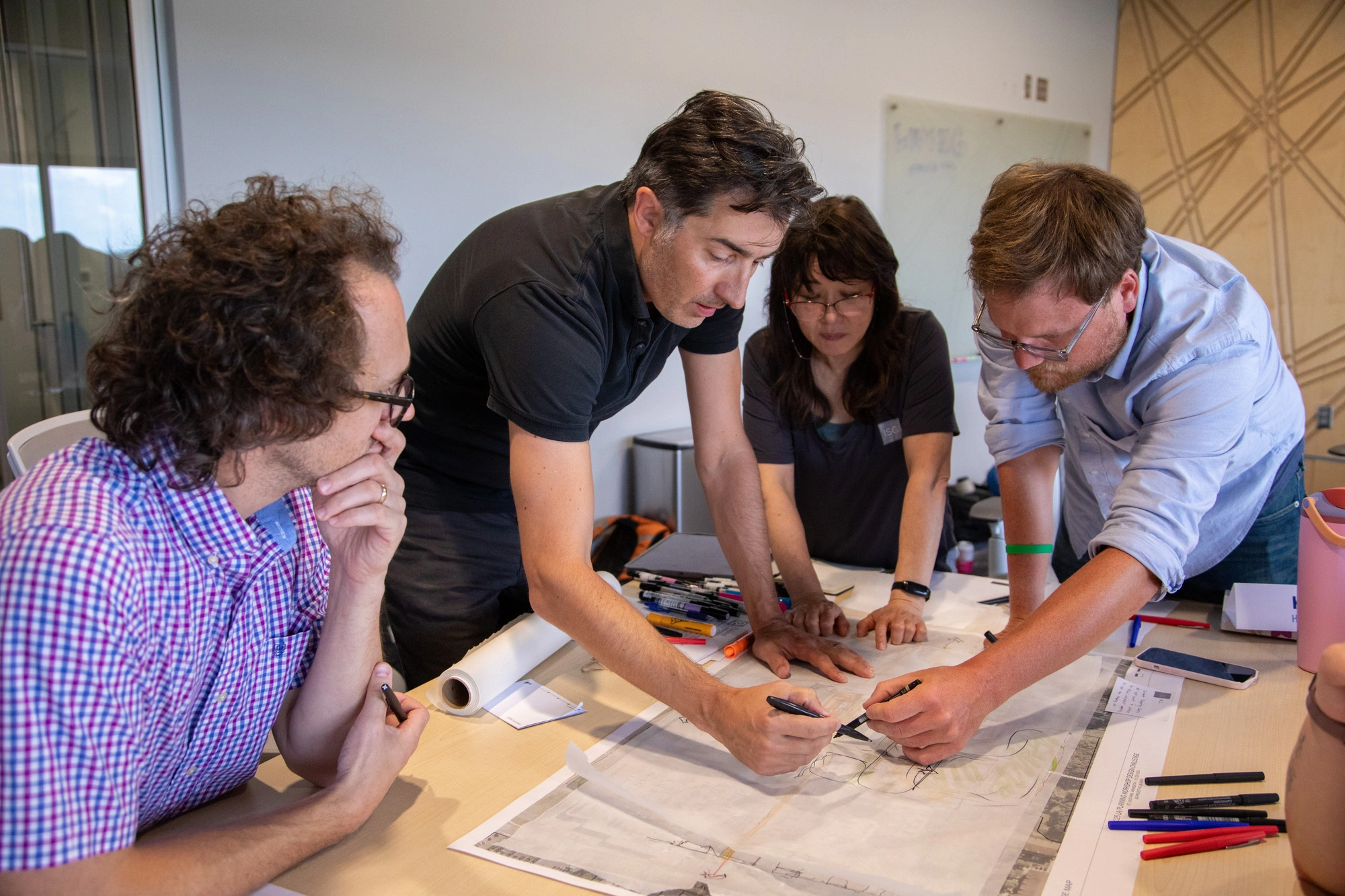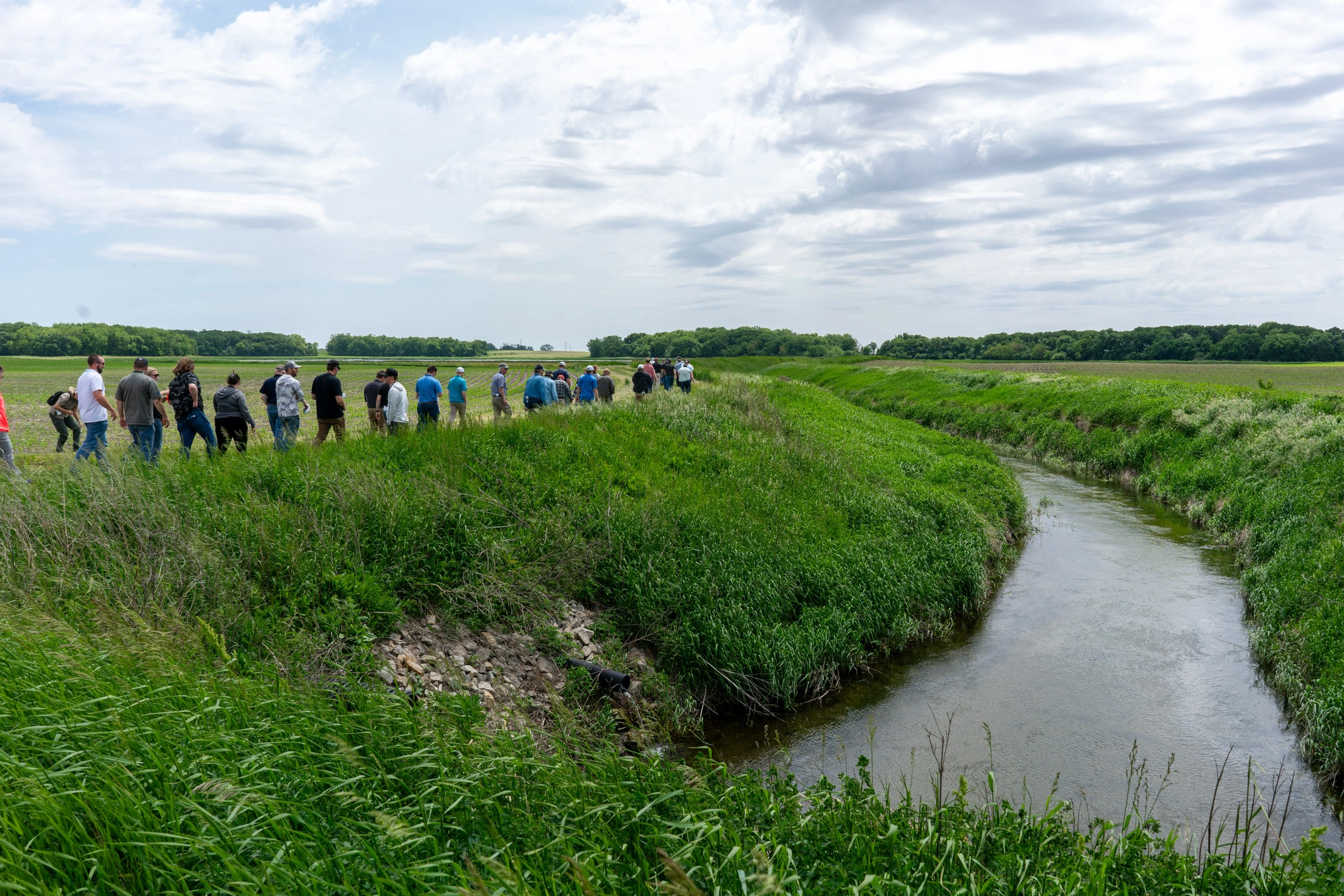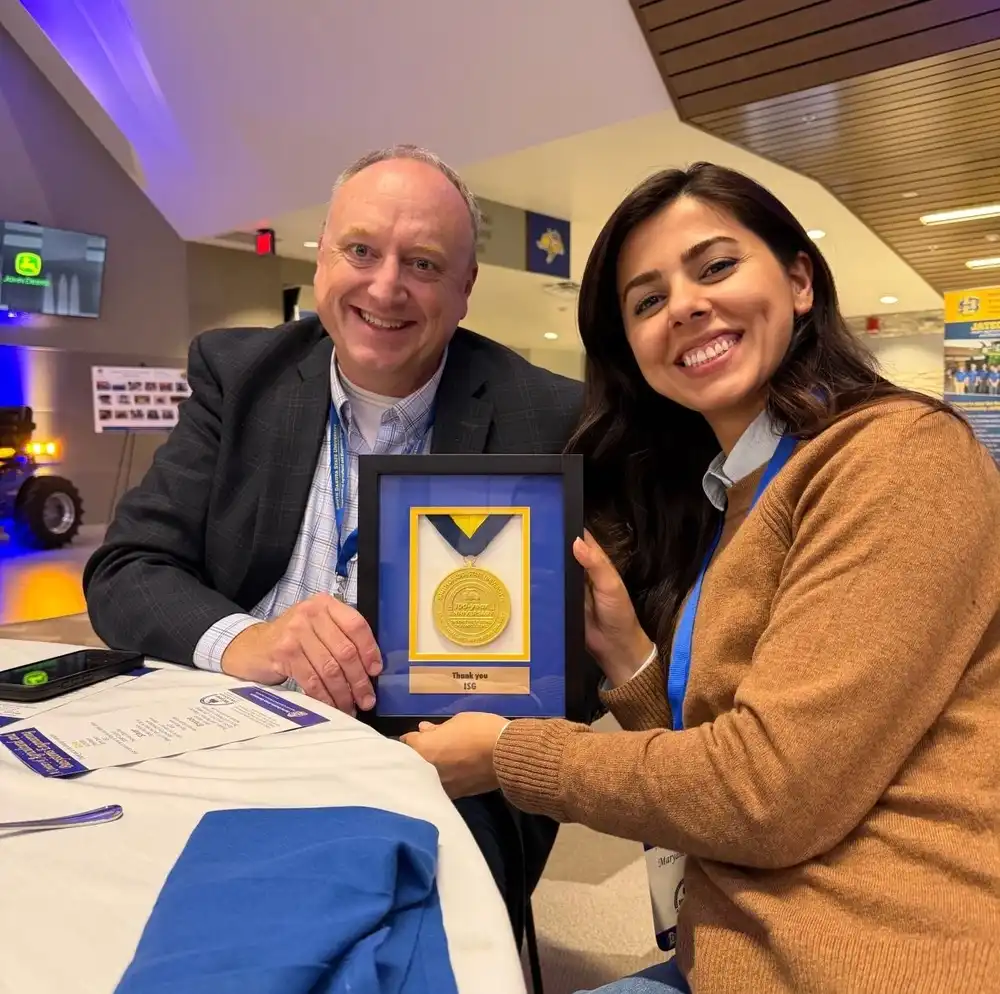So What's the Big Deal with Phosphorus?
Phosphorus. It’s the eleventh most common element on earth and is used to manufacture many products that we are familiar with such as steel and bronze, safety matches, LED lights, fireworks, and baking soda. Phosphorus occurs naturally and is mined as phosphate rock, which can be used directly as agricultural fertilizer or converted into phosphoric acid and used in manufacturing. Another use of phosphorus is …. wait for it …. people! Yep, that’s right, we humans along with most other animals need phosphorus in our diets to help build bones and to keep cell membranes happy and our energy up. Phosphorus in its elemental form is found in many foods such as beer, cheese, beans, and fish.
But here’s the catch with phosphorus. Nearly all the phosphorus we consume goes through our bodies helping calcium make stronger bones along the way or helping produce the energy we need for active living. But after phosphorus is used it is wasted from our bodies in our urine and feces. Our waste is captured by the sanitary sewer system connected to bathrooms and is transferred to wastewater treatment plants that then turn our waste into clean water that can be discharged into streams and rivers. So, what’s the catch? If not treated enough, phosphorus from the wastewater treatment plant enters the environment where it can cause problems.
Just like people, plants also need phosphorus. They use it to convert other nutrients needed for healthy growth. Plants get their phosphorus from the soil or water in which they grow. When there’s enough phosphorus in the soil and water, plants thrive and create a diverse natural ecosystem. But when there’s too much phosphorus, plants that thrive on excess phosphorus may grow faster and out-compete those that grow naturally. This can create an imbalance in the ecosystem that then causes harm to the environment and even to people. A case in point is the “eutrophication” of lakes from harmful algae that loves phosphorus but, as it grows, out-competes natural plants by not only consuming all the phosphorus but also the oxygen that other plants need to survive. Ouch!
Protecting our Natural Resources
Years ago, one of the main sources of phosphorus in the environment was found to come from wastewater treatment plants. Other sources are agricultural fertilizer, some of which may run off from fields during rainstorms, and manure from domestic and wild animals and birds who don’t have the luxury of bathrooms like we do. As time went on, researchers found that if phosphorus is not removed from the treated wastewater that is discharged into streams and rivers, the ecosystem suffered. Regulators such as the Environmental Protection Agency (EPA) and state Departments of Natural Resources (DNR) began to require that wastewater treatment plants remove the phosphorus from their treated water before discharging it into the environment. And it worked! Many dead streams revived and are now healthy again because phosphorus, along with a few other nutrients, was removed. By now I’m sure you are asking, how much phosphorus needs to be removed before it no longer damages the environment?
Based on EPA guidance, states have set their own phosphorus levels that can vary from place to place depending on environmental conditions. The state of Wisconsin, for example, has set some of the lowest phosphorus levels in the Midwest that are dependent on the condition of the receiving water body (stream, agricultural drainage ditch, river, or lake).The City of Mondovi, located in the picturesque rolling hills of west-central Wisconsin, needs to construct a new wastewater treatment plant. Their new plant is in a different location than their existing plant and discharges into the high-quality stream of Harvey Creek. Because Harvey Creek is sensitive to high phosphorus, the Wisconsin DNR set a phosphorus level concentration of 0.057 milligrams per liter. That’s pretty low for a wastewater treatment plant to meet. The question is – how can this limit be achieved? There aren’t many technologies that can remove that much phosphorus.
Removal + Reuse of Phosphorus
Of the few technologies available to remove phosphorus to such low levels, the City selected an Advanced Biological Nutrient Removal (ABNR) system. It uses algae (remember earlier when I said that algae loves phosphorus?) to remove nearly all phosphorus from the wastewater. Algae, it turns out, can metabolize phosphorus very efficiently and is often used as an effective way to remove it. The ABNR is unique in that it sends water through glass tubes in a greenhouse to grow the algae. Algae “seed” is introduced into the wastewater upstream of the greenhouse and then spends lots of time flowing through the glass tubes consuming phosphorus and other nutrients as it grows in the sunlight. Once through the greenhouse, the algae is harvested from the wastewater and the treated wastewater is now clean enough to be discharged directly to Harvey Creek.
It also turns out that algae is a great byproduct that can be used to produce many products from biodiesel fuel to plastics. The City is currently exploring ways to market the harvested algae to generate revenue that will be used to offset the expense of operating the wastewater treatment plant.
Because the phosphorus limits being used in Wisconsin are relatively low, new and innovative technologies are being implemented or are under development. The ABNR is one technology that has proven its effectiveness with a byproduct that can be reused too.
Photo credit: Clearas Water Recovery



Related Articles

.webp)
ISG Recognized as a 2025–26 Emerging Professional Friendly Firm for the Fourth Consecutive Cycle
ISG has been honored as a 2025–26 Emerging Professional Friendly Firm by AIA chapters in North Dakota, South Dakota, Wisconsin, and Minnesota in recognition of its commitment to fair compensation, licensure support, mentorship, and growth for early-career architects.













